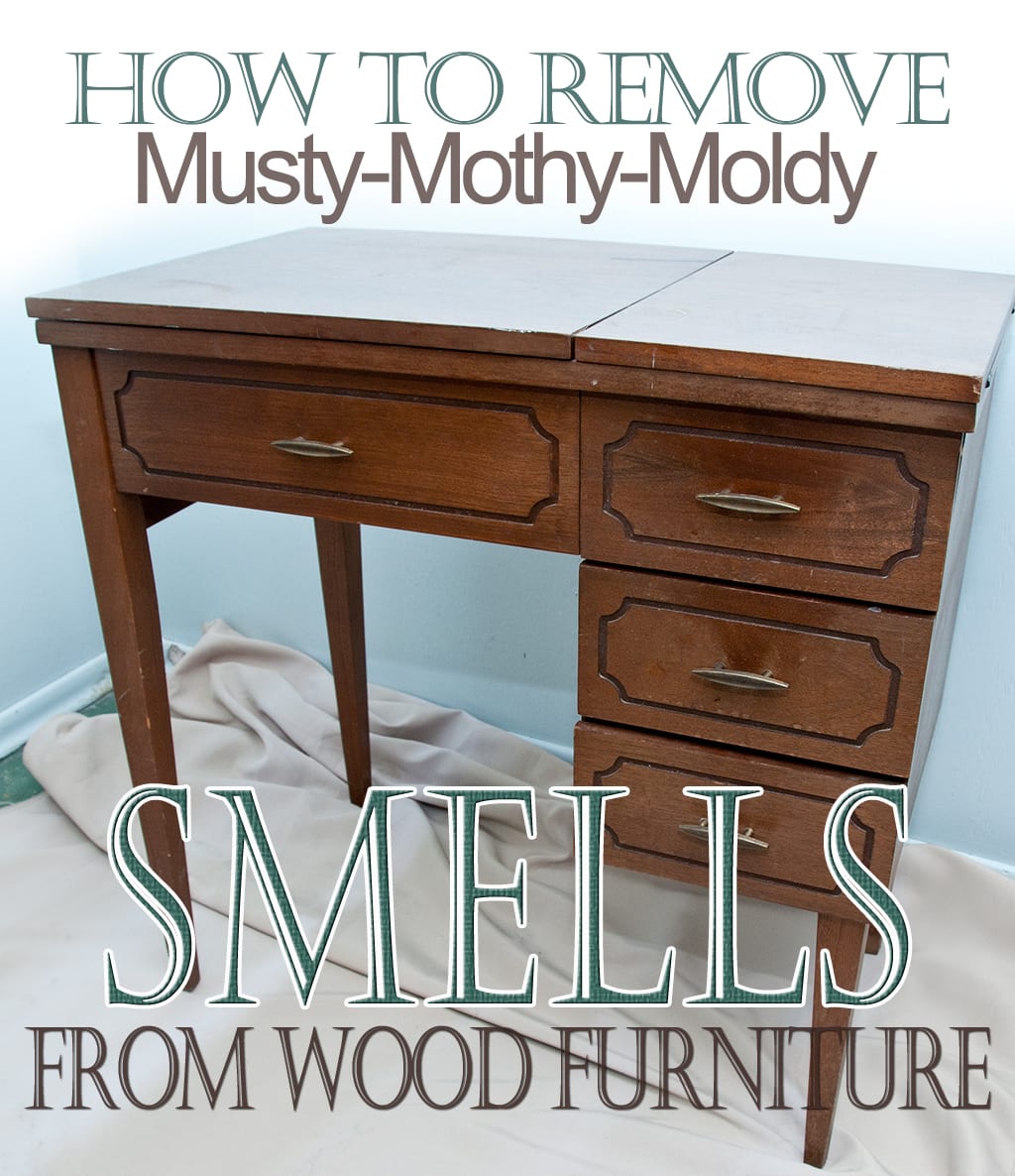Old wood smells due to the volatile organic compounds (VOCs) released over time. These VOCs are the result of the wood’s natural decay and interaction with the environment.
Old wood has a distinctive aroma that often evokes a sense of nostalgia and history. This scent is typically brought on by the breakdown of natural oils and resins within the wood fibers, a process that occurs as the wood ages and is exposed to air and moisture.
These organic compounds gradually break down and release a range of VOCs, which can include a complex mix of aldehydes, ketones, and aromatic hydrocarbons, contributing to the characteristic smell of old wood. Understanding this phenomenon is significant for antique enthusiasts, restoration experts, and homeowners, as it can affect the conservation of wooden heirlooms, the integrity of historical architecture, and the ambiance of living spaces with aged wooden structures or furnishings. Being aware of the reasons behind the distinctive odor can also help in identifying potential preservation issues with antique wood or in crafting scents for commercial products that aim to replicate this particular aroma.
Introduction To The Aroma Of Aged Timber
The distinctive aroma of aged timber is instantly recognizable. The complex scent profile of old wood emerges from the unique combination of resins, oils, and chemical compounds that have reacted over time. Specifically, compounds such as vanillin, which develops as lignin in wood cells breaks down, can impart a sweet, comforting fragrance reminiscent of vanilla.
Environmental factors like humidity, temperature, and the presence of bacteria or fungi also play a significant role in shaping the signature scent of Old wood smell. As these elements interact with the wood’s organic materials, they often leave behind a rich and earthy aroma.
The smell of aged wood carries with it profound cultural and historical significance, evoking notions of antiquity and permanence. This scent is remarkably entrenched in our collective heritage, often present in historical buildings, antique furniture, and aged musical instruments, where it acts as a subtle yet powerful connection to the past.


Credit: sarahjoyblog.com
Scientific Analysis Of Old Wood Aromatics
The aroma of Old wood smell is largely due to the presence of various chemical compounds that develop over time. Several key molecules contribute notably to the distinctive scent, including phenols, terpenes, and organic acids. These volatile compounds are byproducts of the cellular breakdown and the reaction to atmospheric conditions.
The process of decomposition plays a significant role in the development of the old wood smell, as enzymes and other decay organisms break down the cell structure, releasing these aromatic compounds. Likewise, oxidation occurs as the wood interacts with oxygen in the air, further altering the chemical makeup and enhancing the woody scent.
Additionally, the type of wood and the environmental conditions to which it has been exposed also affect the smell. Hardwoods and softwoods contain different levels of sap and other materials that can influence the degradation process and the resultant odors. Environmental factors such as humidity, temperature, and exposure to sunlight can accelerate the degradation and oxidation processes, thereby intensifying the smell associated with old wood.
Experiencing And Preserving The Essence Of Old Wood
Old wood smell, cherished for its unique patina and storied past, holds a notable place in the realm of antiques and craftsmanship. Aromatic compounds and essential oils embedded within its fibers develop over time, imbuing old wood with a distinct, often cherished scent. In the pursuit of maintaining this aroma, restorers implement various preservation methods. These can include careful cleaning techniques, the application of natural oils, and controlled exposure to environmental factors to retain the wood’s characteristic fragrance.
Enthusiasts and crafts persons understand that the scent of aged wood can evoke powerful emotions, transporting individuals to different eras and reminiscing personal histories. The olfactory signature of vintage lumber often becomes a critical feature, further enhancing the allure of antique furniture and heritage homes. This psychological connection underscores people’s intrinsic desire to capture and preserve the intangible essence of bygone times through the enduring character of Old wood smell.


Credit: www.attagirlsays.com


Credit: sarahjoyblog.com
Frequently Asked Questions Of Why Does Old Wood Smell
How Do You Get The Smell Out Of Old Wood?
To remove odors from old wood, clean with diluted white vinegar, let air dry, and sand lightly if needed. Use baking soda for lingering smells, applying liberally and leaving overnight before vacuuming. Seal the wood with a non-toxic sealant to lock out future odors.
What Causes Wood To Smell Bad?
Wood smells bad due to mold, mildew, bacteria, or rot caused by moisture. Poor storage conditions and infestation can also lead to unpleasant odors in wood.
Why Does My Old Wood Dresser Make My Clothes Smell?
Your old wood dresser may make clothes smell due to absorbed moisture, mold growth, or the release of natural wood oils over time. Regular cleaning and airing out can help reduce odors.
Why Does My House Smell Like Old Wood?
Your house might smell like old wood due to mold, mildew growth within the walls, or outdated furniture. Improper ventilation can also trap odors, causing a persistent wooden scent. Regular cleaning and airing out spaces can help alleviate the smell.
Conclusion
Understanding the distinct scent of Old wood smell involves a blend of science and nostalgia. It’s the result of complex chemical reactions and the story of time captured within its grains. To preserve and enjoy the heritage aroma of vintage wood, proper care is key.
Embrace the past that emanates from every fiber, enriching our senses and connecting us to history.

